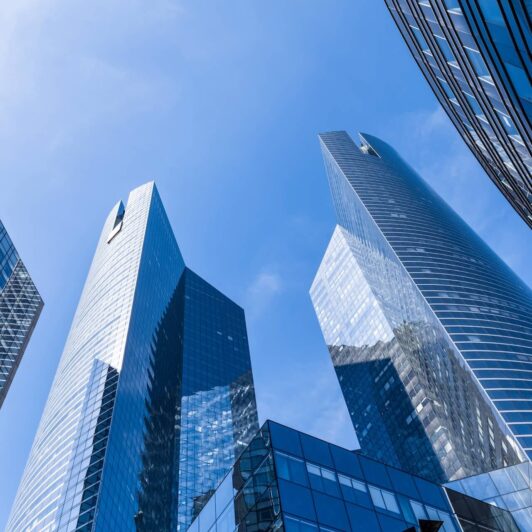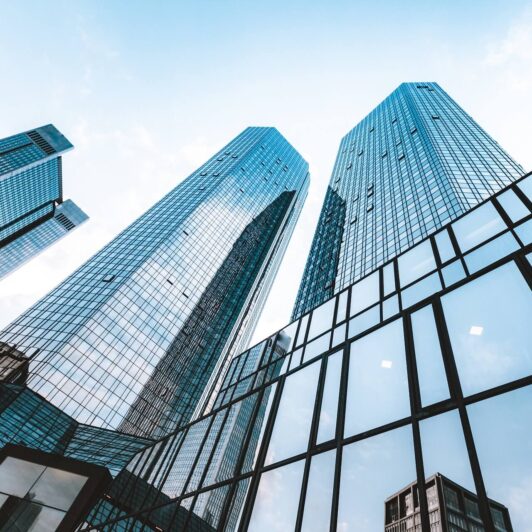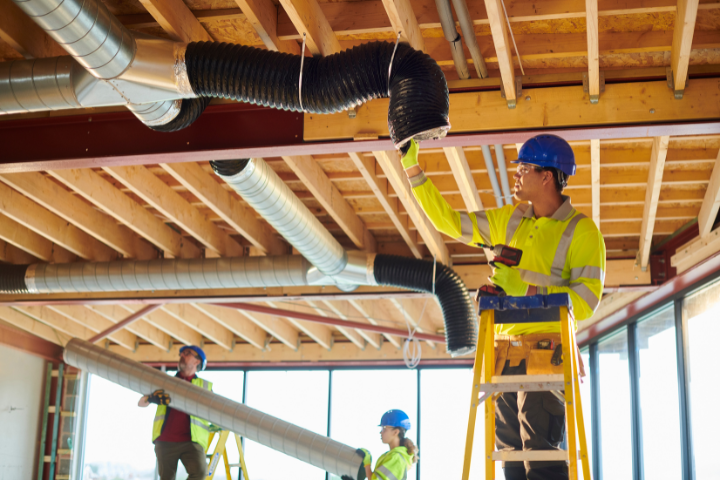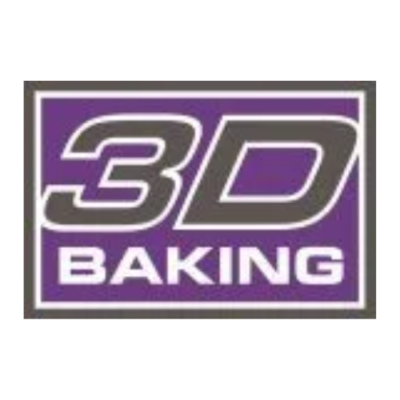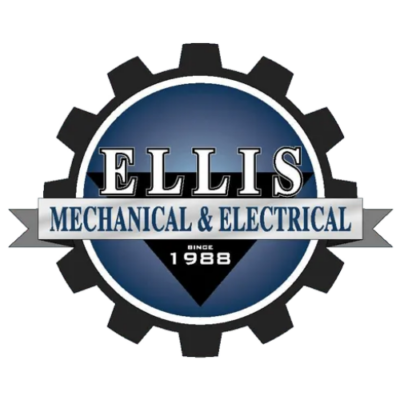Manufacturers face increasing pressure to stay competitive through technology, yield, efficiency, and sustainability. Investments in innovation and facility improvements should not only be seen as capital expenses.
They need to be used wisely to gain tax savings and improve operations. Our team of R&D tax specialists and engineers helps you find valuable tax incentives. These can improve your cash flow and increase your profits.
Processing & Manufacturing
Addressing the key challenges
Innovation is key to the world of processing and manufacturing. Improving an assembly line, finding new materials, or creating better methods can help increase production.
However, these changes can also cost businesses money. Businesses within the industry encounter difficulties like:

Manufacturing operations are often energy-intensive, and fluctuations in electricity, natural gas, and fuel prices squeeze margins. Improving energy efficiency or adopting cleaner technologies is financially important, but can involve large up-front cost and risk.

Manufacturers are always improving production lines. They want to increase output, reduce waste, lower defects, and use materials better.
Doing so often involves experiments, prototyping, or integrating automation which could qualify for R&D.

Many plants and warehouses were built many years ago. They often use old lighting, HVAC, insulation, and building materials. Upgrading or replacing these systems may need careful design and planning. This helps meet efficiency standards and fit with the current 179D tax credit and energy incentive programs.

<p>Manufacturing operations are often energy-intensive, and fluctuations in electricity, natural gas, and fuel prices squeeze margins. Improving energy efficiency or adopting cleaner technologies is financially important, but can involve large up-front cost and risk.</p>

<p>Manufacturers are always improving production lines. They want to increase output, reduce waste, lower defects, and use materials better.</p> <p>Doing so often involves experiments, prototyping, or integrating automation which could qualify for R&D.</p>

<p>Many plants and warehouses were built many years ago. They often use old lighting, HVAC, insulation, and building materials. Upgrading or replacing these systems may need careful design and planning. This helps meet efficiency standards and fit with the current 179D tax credit and energy incentive programs.</p>
Expertise
How we can help to maximize your results
R&D Tax Credit
If your business experiments to improve processes, product design, yield, quality, or efficiency, those costs may qualify for R&D. Recent permanent R&D provisions and expanded definitions of qualifying activities make this especially relevant. Our team of R&D tax specialists and engineers can help find all qualifying activities. This way, you can get the full benefit.
179D Tax Deduction
Manufacturers can often benefit from 179D. This happens when they upgrade or retrofit building systems. They can also benefit by using more efficient systems that lower energy use for the whole facility. Our experts and engineers conduct the proper modeling or measurement that's required to ensure projects meet percentage improvement thresholds.
Cost Segregation
Much of a processing or manufacturing plant’s value comes from machinery and specialized equipment. Cost Segregation can change how we classify these items. This allows for shorter life depreciation and accelerates write-offs. When combined with bonus depreciation can produce significant savings. Quality engineering documentation and following IRS guidance are essential, and our experts will take care of the whole process.


